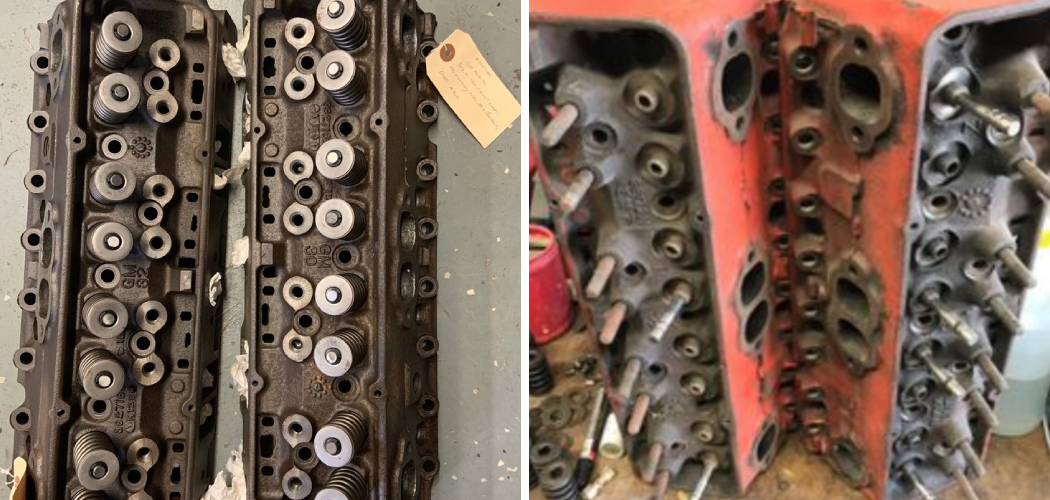Double hump heads, also known as fuelie heads, have played a pivotal role in automotive performance history. These cylinder heads garnered their nickname from the unique double humps found on the end casting, which were originally designed for the Chevrolet small-block engines in the 1960s.
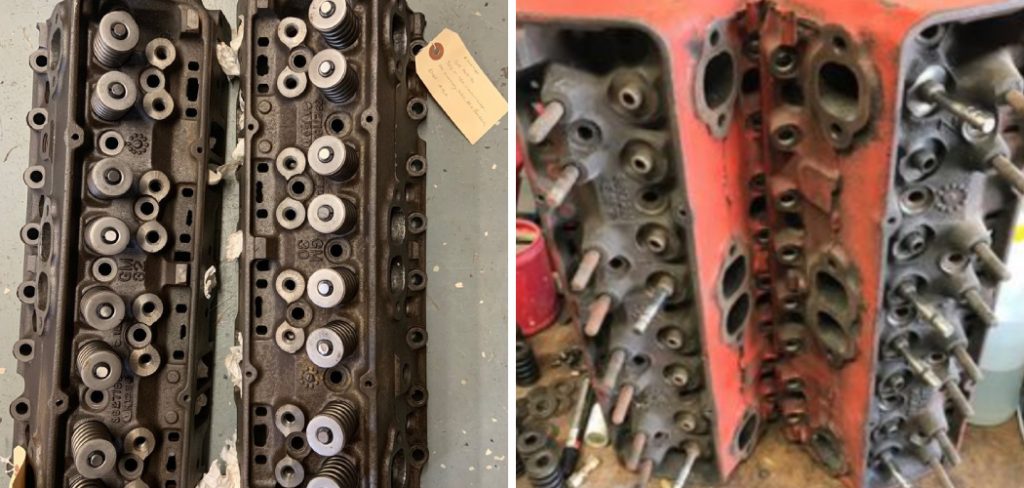
In the classic car and restoration world, they are renowned for their high-flowing nature and their significant contribution to increasing horsepower. Understanding how to identify double hump heads is essential for enthusiasts and restorers who seek to maintain originality or harness the power potential in muscle cars and other performance vehicles.
These components can be found on a variety of small-block engines in models like the Corvette, Camaro, and Chevelle, as well as in numerous hot rod builds that prize authenticity and performance. Proper identification ensures compatibility and maximizes the potential of the engine’s performance, making it a critical skill for those in the automotive sector.
How to Identify Double Hump Heads: Visual Identification
Visual identification is the first step in distinguishing double hump heads from other cylinder head designs. One quintessential feature is the set of raised areas or “humps” on the end casting, which lends them the iconic double hump moniker.
These recognizable humps resemble two rounded arches sitting side by side. Another distinctive aspect to look for is the shape of the cylinder head’s outline, which typically presents as a rectangle with smoothed-off ends, giving a somewhat rounded appearance.
To aid in visual identification, enthusiasts should examine the valve cover bolt patterns, which generally display a straight-across configuration exclusive to the double hump heads. Specific markings and codes can also offer clues, often found cast into the heads themselves.
However, proper cleaning of the engine’s surfaces is vital for these features to be clearly visible. Debris and dirt can obscure critical markings that are instrumental in the identification process.
Alongside these visual cues, various double hump heads may exhibit subtle disparities, such as different shapes or sizes of the intake or exhaust ports, all of which are crucial for proper identification and should be noted. For instance, early versions typically have smaller ports and valves, which were eventually enlarged in later models to enhance engine breathing and performance.
Attached below are clear images and diagrams pinpointing these characteristics, serving as a reference to help in the visual distinction of double hump heads.
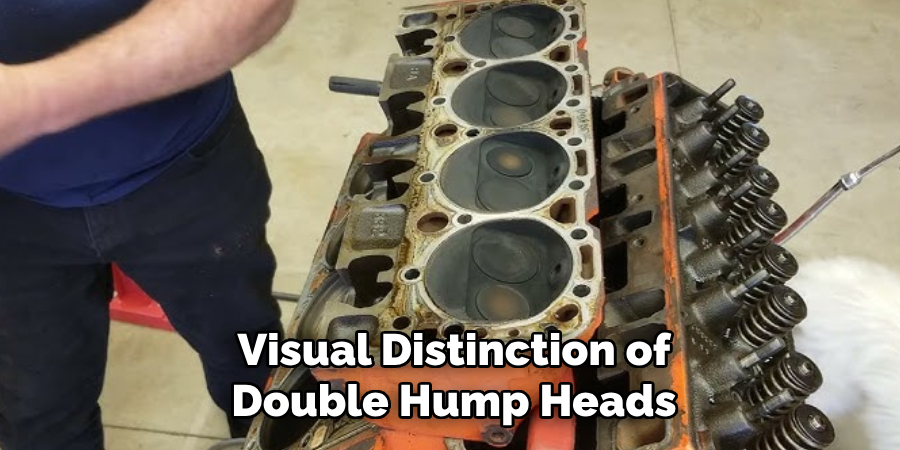
These visuals include an expansive view of the valve covers for a clear depiction of the “hump” shape, detailed illustrations of bolt patterns, and a comprehensive guide outlining the key markings consistent with double hump heads.
Understanding these visual differences not only aids in the identification but also informs the selection process for restorers and builders, ensuring the most suitable match is made for their specific engine project. Without question, recognizing the visual traits of double hump heads forms the foundation of their proper usage and is of paramount importance in the pursuit of optimized engine performance.
How to Identify Double Hump Heads: Casting Numbers and Date Codes
The significance of casting numbers and date codes cannot be overstated when it comes to identifying double hump heads with precision. These markings, cast into the metal during manufacturing, are akin to fingerprints for each cylinder head, providing detailed information about its production and specifications.
By referencing these codes, one can determine the exact model year, manufacturing plant, and even the intended vehicle for the head.
Casting numbers for double hump heads are typically located on the underside of the valve cover flange. On the other hand, date codes are often found near the casting number or along the deck surface where the head meets the block. These codes may require cleaning for proper inspection, as accumulated dirt and grime can make them illegible.
A comprehensive list of common casting numbers includes:
- 3782461: Often found on heads from the early 1960s, particularly those used in high-performance 327 engines.
- 3890462: Seen on many 1966 and 1967 models, fitted on 327s with both hydraulic and solid lifters.
- 3927186: A common marking for the heads used in 1968-1970, usually paired with high-performance 350 engines.
- 3927187: Similarly used in late 1960s models, identified with 302 and 350 engines, especially in Z/28 Camaros and LT-1 Corvettes.
To assist with decoding these numbers, resources such as “The Chevrolet Small-Block Bible” and various online databases offer a wealth of information, allowing enthusiasts and professionals to translate the codes into meaningful data about the head’s characteristics and compatibility.
One must be aware, however, of the potential challenges and limitations of relying solely on casting numbers for identification. Errors during the casting process, aftermarket modifications, and reproductions can introduce discrepancies that might lead to incorrect assumptions about a head’s origin or suitability.
Additionally, wear and damage over time can render casting numbers illegible, necessitating a more in-depth analysis and sometimes expert consultation.
How to Identify Double Hump Heads: Engine Specifications and Performance Implications
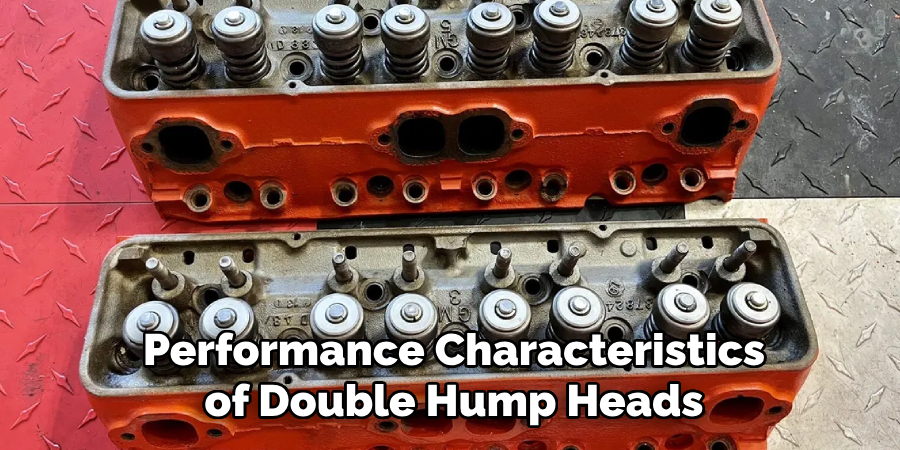
The interplay between engine specifications and the performance characteristics of double hump heads is critically important for enthusiasts looking to maximize power and efficiency. Variations in these heads, such as engine displacement, valve sizes, and port configurations, can significantly impact overall performance.
Engine displacement figures heavily into the equation, with larger displacements generally benefitting from the increased flow capacity of double hump heads featuring larger valves and ports. This symbiotic relationship is crucial, as it allows for greater volumetric efficiency and the ability to sustain higher power outputs at wider RPM ranges.
Valve sizes in these heads can vary, with early models generally sporting smaller valves well-suited to the era’s lower displacement engines. Later models were equipped with larger valves that complement larger engine displacements, such as the 350 cubic inch variants. These larger valves deliver improved airflow, which is particularly beneficial under high demand, such as racing or other performance applications.
Port configurations also play a pivotal role, with some double hump heads offering more straight and streamlined port designs that minimize restrictions and enhance the flow of air-fuel mixtures into the combustion chambers. This results in a more efficient burn and, consequently, greater power output.
Common power levels for engines fitted with double hump heads can range significantly. For example, 327 engines with early double hump heads could see power levels around 350 horsepower. In comparison, 350 engines equipped with later heads featuring larger valves and ports might achieve upwards of 370 horsepower or more.
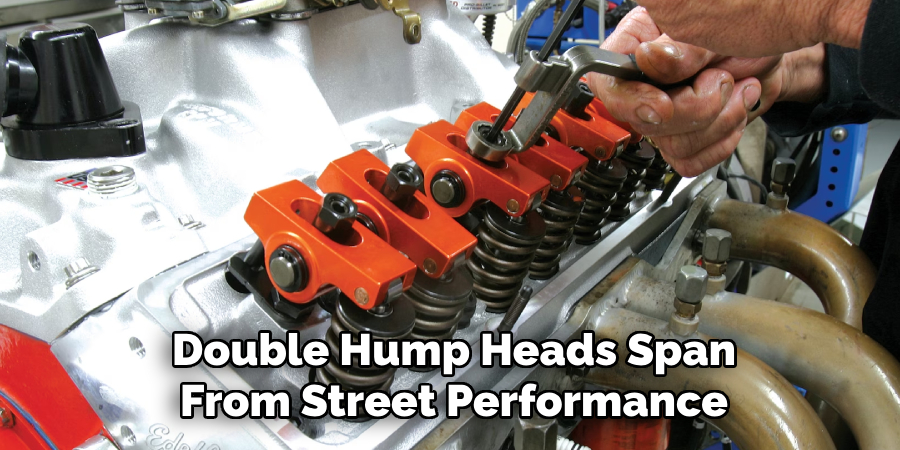
Applications for double hump heads span from street performance cars to competition-level racing vehicles. These high-performance heads are esteemed for facilitating higher RPMs without losing power, making them ideal candidates for muscle cars and track applications where reliability and power are paramount.
The importance of matching the right double hump heads to the specific engine and its intended application cannot be overstated. The correct pairing ensures that the engine breathes as efficiently as possible, translating to optimal power, torque, and performance reliability.
Whether restoring a vintage muscle car to its factory glory or building a competitive race vehicle, the selection of appropriate double hump heads is a key factor in achieving the desired performance outcomes.
Additional Identification Methods
Beyond the traditional visual and casting number identification, enthusiasts and mechanics may employ alternative methods such as flow testing or seeking professional assessments to identify double hump heads.
Flow testing involves placing the head on a flow bench to measure air capacity through the ports – a reliable way to gauge performance potential accurately. The advantage of this method lies in its precision, as it quantifies the head’s ability to move air, which is critical for assessing suitability for performance applications.
However, flow testing is not commonly accessible due to the specialized equipment and knowledge required, making it both cost-prohibitive and less practical for the average enthusiast. Moreover, this method doesn’t provide historical authenticity of the head, which is essential for restoration purposes.
Professional assessment is another valuable approach, particularly when heads are damaged or have undergone significant modifications. Experts can offer insights that transcend numbers and visual inspections, such as recognizing non-standard alterations that could affect performance.
While this draws on deep technical experience, it adds an extra cost and may not be necessary for more straightforward identification tasks.
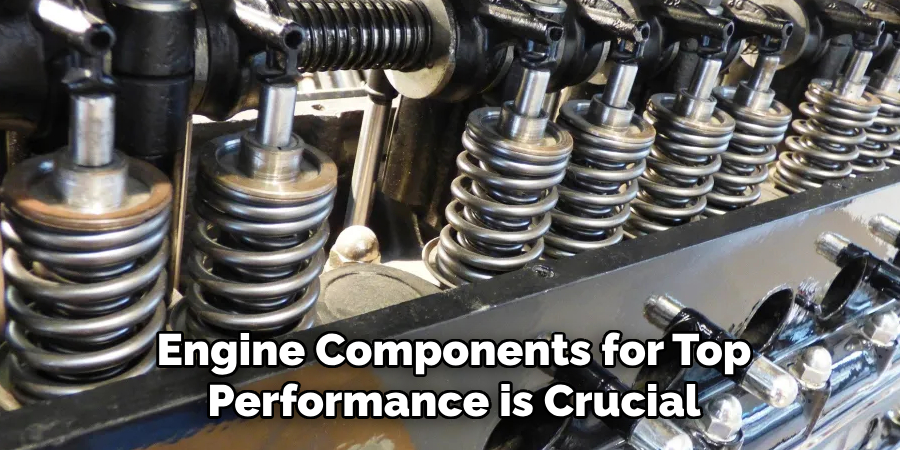
These alternative methods are particularly relevant when preparing for rigorous performance demands or when casting numbers have been compromised. When accuracy in matching engine components for top performance is crucial, or when the head’s provenance is vital for a restoration project, considering flow testing or professional assessment is warranted.
Restoration and Modifications
Restoration of double hump heads often begins with a thorough cleaning to remove years of accumulated grime and carbon deposits, which can obscure critical surfaces and hinder performance.
The cleaning process typically involves a combination of mechanical brushing, chemical solvents, and, in some cases, ultrasonic cleaning, which uses high-frequency sound waves to dislodge stubborn contaminants.
Deburring is the next step, smoothing out rough edges and imperfections cast into the heads during manufacturing. This meticulous process involves a hand tool or grinder to remove any burrs or flash that can disrupt airflow, and it’s essential for both restoring original performance and preparing the heads for further modifications.
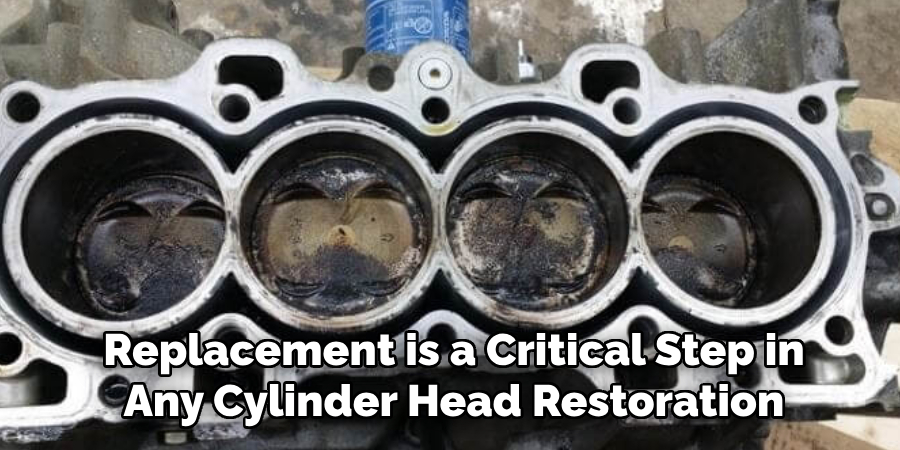
Valve guide replacement is a critical step in any cylinder head restoration. Worn guides can lead to valve damage, decreased efficiency, and increased oil consumption. New guides, often made from materials superior to the originals, such as bronze, can enhance durability and improve the head’s longevity.
Porting and polishing tailor the heads to specific performance goals. Porting reshapes and enlarges the intake and exhaust ports, optimizing airflow into and out of the combustion chamber.
Polishing smooths the port surfaces, reducing resistance for a more efficient air-fuel mixture flow. These modifications can significantly impact performance, increasing horsepower and torque by improving volumetric efficiency.
However, porting and polishing require a delicate balance — overzealous alterations can reduce velocity or disrupt the flow characteristics, which may be detrimental to performance. It’s also important to consider potential limitations, such as the strength of the surrounding metal and the compatibility with other engine components.
Selecting the appropriate modifications depends largely on the desired goals and engine configuration. Street vehicles will require a different approach compared to competition engines. For instance, street applications may benefit from mild porting to enhance daily drivability, while a race engine might undergo extensive modifications for maximum horsepower at high RPMs.
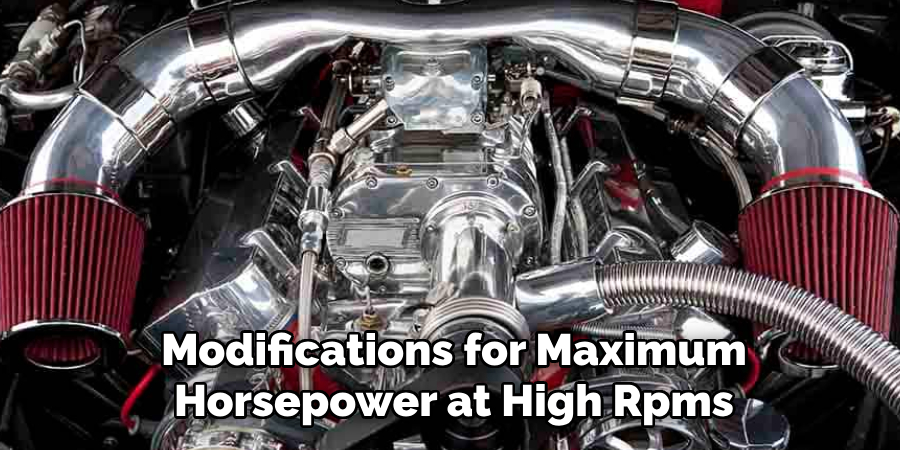
Finally, the role of professional expertise cannot be overstated, especially for complex restoration or modification work. Experienced technicians possess the knowledge to make precise adjustments, recognize the limitations of the heads, and tailor the work to the specific application.
For enthusiasts who lack the technical expertise or equipment, consulting with a professional can mean the difference between a well-executed modification and a potentially costly misstep.
Restored and suitably modified double hump heads can significantly lift the performance of classic muscle cars and modern-day builds alike. However, the inherent value of these components requires that modifications and restorations are conducted with skill and knowledge, ensuring that the end product matches the owner’s vision and the engine’s design.
Market Value and Acquisition
The market value of different double hump head variations is subject to multiple factors, primarily condition, casting numbers, and overall rarity.
Pristine heads with minimal wear command higher prices due to lower refurbishment costs and their ready-to-use status. Conversely, heads requiring extensive repairs or modifications are typically valued less despite their potential after restoration.
Casting numbers serve as a historical identifier, connecting the heads to specific production years and performance characteristics. Those linked to rarer or high-performance models are particularly sought after and can fetch premium prices in the market. Rarity further inflates value; heads produced in limited quantities or for special editions are coveted by collectors and enthusiasts, driving up their worth.
When acquiring double hump heads, it is crucial to identify reputable sellers to avoid scams. Seek vendors with verifiable histories of genuine sales and positive feedback from the automotive community.
Participation in forums, car shows, and events can reflect a seller’s reputation and reliability. Carefully examining photos, asking for additional documentation, and even inquiring about provenance can be instrumental in authenticating the heads before purchase.
Negotiating prices requires market savvy; comparing prices across various platforms, being aware of current trends, and understanding the specific heads’ intrinsic value can strengthen bargaining positions. Potential buyers should also evaluate purchase options, such as the dependability of an established retailer versus the potential savings from a private sale.
In addition to traditional buying routes, enthusiasts can explore acquisition methods like salvage yards or online marketplaces. Salvage yards can be goldmines for finding original parts at significantly reduced costs, though identifying and retrieving suitable heads may require time and effort.
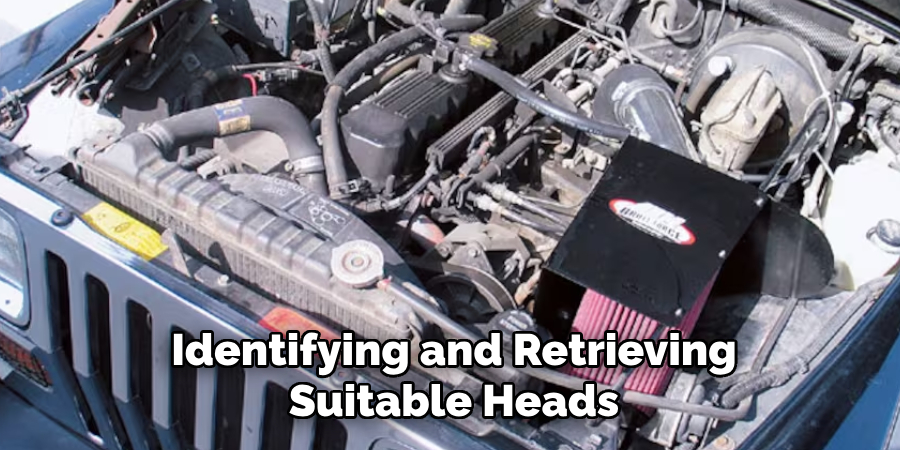
Online marketplaces expand the reach for both buyers and sellers, but inherent risks such as inaccurate listings or shipping damages necessitate cautious navigation.
Regardless of the method, ensuring a thorough validation of the double hump heads’ condition and authenticity is key to a successful acquisition. Understanding these nuances can lead to more informed decisions, enabling both the preservation of these classic components and the continued legacy of performance they represent.
Performance Upgrades and Tuning
When optimizing the performance of an engine equipped with double hump heads, complementary upgrades are a must to fully realize the potential these iconic components can unleash. Key performance parts such as camshafts, intake manifolds, carburetors or fuel injection systems, and exhaust systems can be modified or replaced to enhance engine efficiency and power output.
The selection of a camshaft is critical; its profile and timing directly affect the engine’s character and performance. A camshaft should match the head’s flow characteristics and the vehicle’s intended use, balancing between low-end torque for street driving and high-RPM power for racing.
Intake manifolds work in tandem with cylinder heads to deliver the air-fuel mixture to the combustion chambers. The manifold’s design, whether a single plane for high RPM power or a dual plane for better street performance, must synchronize with the head’s airflow properties.
Carburetors and fuel injection systems are key to managing the engine’s fuel delivery. Modern fuel injection systems, which can be retrofitted onto classic engines, offer superior fuel atomization and precise control, improving both performance and efficiency. For those who prefer carburetors, selecting the appropriate size and tuning can also yield exceptional results.
The exhaust system, including headers and pipes, should minimize backpressure while maintaining appropriate exhaust velocity, ensuring the swift evacuation of combustion gases and helping draw in the fresh air-fuel mixture.
After performance modifications, proper tuning and calibration are essential to ensure that all components work harmoniously, resulting in smooth engine operation and optimized performance. Engine calibration involves adjusting the fuel mixture, ignition timing, and other variables to adapt the engine to its new modifications.
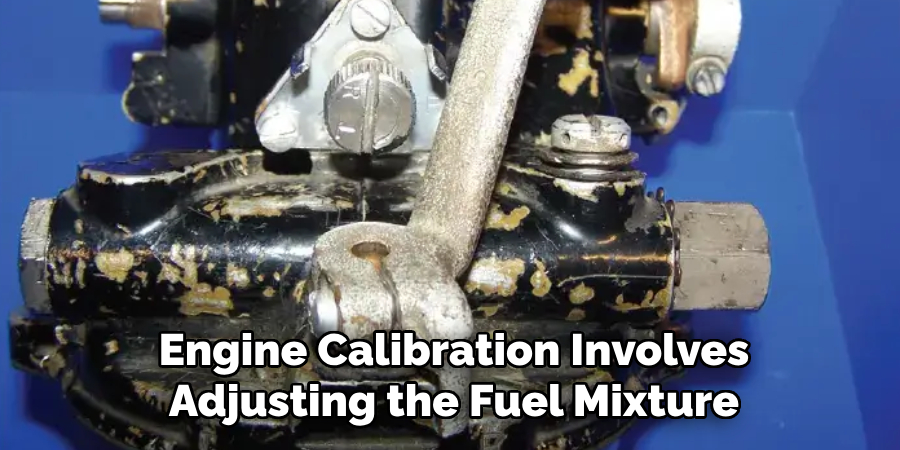
For professional tuning services, reputable performance shops with experience in classic and muscle car engines are indispensable. Technicians use a dynamometer to measure engine output and adjust real-time settings for peak performance. DIY enthusiasts should invest in quality tuning tools and seek out resources such as tuning guides specific to their engine, workshops, and online forums for advice and support.
Above all, safety considerations and responsible performance upgrades are paramount. Modifying an engine increases stress on all components, so ensuring that the engine block, transmission, cooling system, and brakes are up to the task is crucial. Competent individuals or professionals should carry out upgrades, and vehicles should be tested in controlled environments.
Finally, enthusiasts must respect the laws and regulations surrounding vehicle modifications, considering both environmental impact and the safety of all road users..navigateByUrl(Performance upgrades and tuning)
Troubleshooting and Common Issues
Owners of classic cars with double hump heads often encounter a set of common issues that can impede performance and reliability. Leaking valve covers can be both a nuisance and a precursor to more significant problems. A simple remedy is checking for proper gasket alignment and ensuring all bolts are tightened to the correct specifications. Upgrading to quality gaskets can also provide a more lasting solution.
Cracked heads are a more serious concern, as they can lead to coolant leaks, poor compression, and overheating. Cracks typically result from excessive heat or age. Careful inspection can reveal such defects, and in some cases, a skilled machine shop may be able to repair the head. However, replacement is often the more reliable route.
Worn valve guides affect engine performance by reducing valve stability and may cause oil to enter the combustion chamber. Identifying worn guides early can prevent more extensive damage. Specialty tools are required to replace guides, which makes seeking professional assistance advisable for this task.
Inconsistencies in engine performance might be attributed to a range of factors—from ignition issues to improper valve adjustment. Basic troubleshooting should start with checking spark plugs, ensuring timing is set correctly, and verifying that the carburetor or fuel injection system is properly tuned.
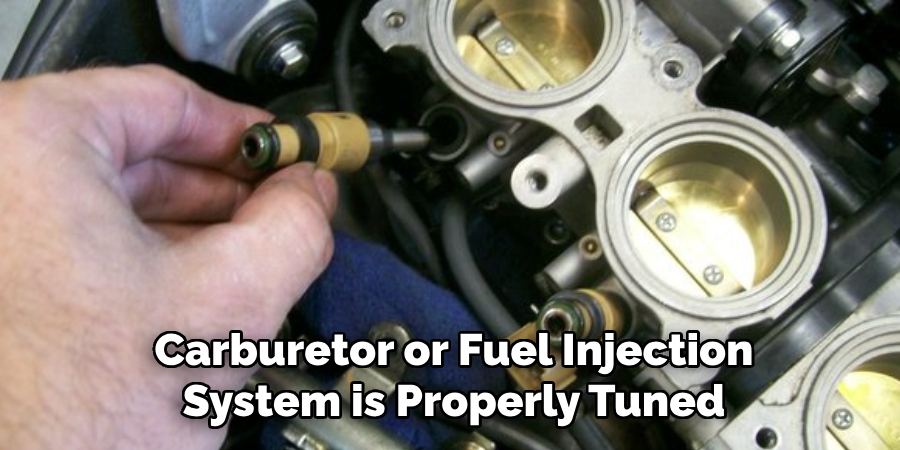
For more in-depth diagnosis and repair, consult service manuals, engage with online forums, and subscribe to educational resources specific to your vehicle’s make and model.
However, complex issues should be entrusted to professionals, especially if machining or reconditioning is required. A well-regarded repair shop can offer expertise and ensure that the work done is reliable, returning your engine—and its valuable double hump heads—to optimal condition.
Conclusion and Future Outlook
In conclusion, the ability to accurately identify and understand double hump heads is central to preserving the legacy and enhancing the performance of classic American muscle cars.
As the automotive scene evolves, the allure of these iconic components persists, drawing enthusiasts to both their historical significance and mechanical prowess. Trends suggest that technological advancements will continue to breathe new life into these classics, allowing for even more refined modifications.
Those seeking knowledge on how to identify double hump heads will find a wealth of resources at their disposal. Aspiring builders and restorers should actively engage in the rich community surrounding classic cars, where shared wisdom and continued education pave the way to mastery.
By embracing both the rich history and the future possibilities, fans of these mighty engines are encouraged to persist in their quest for performance perfection, ensuring that the double hump head legacy endures for generations to come.

